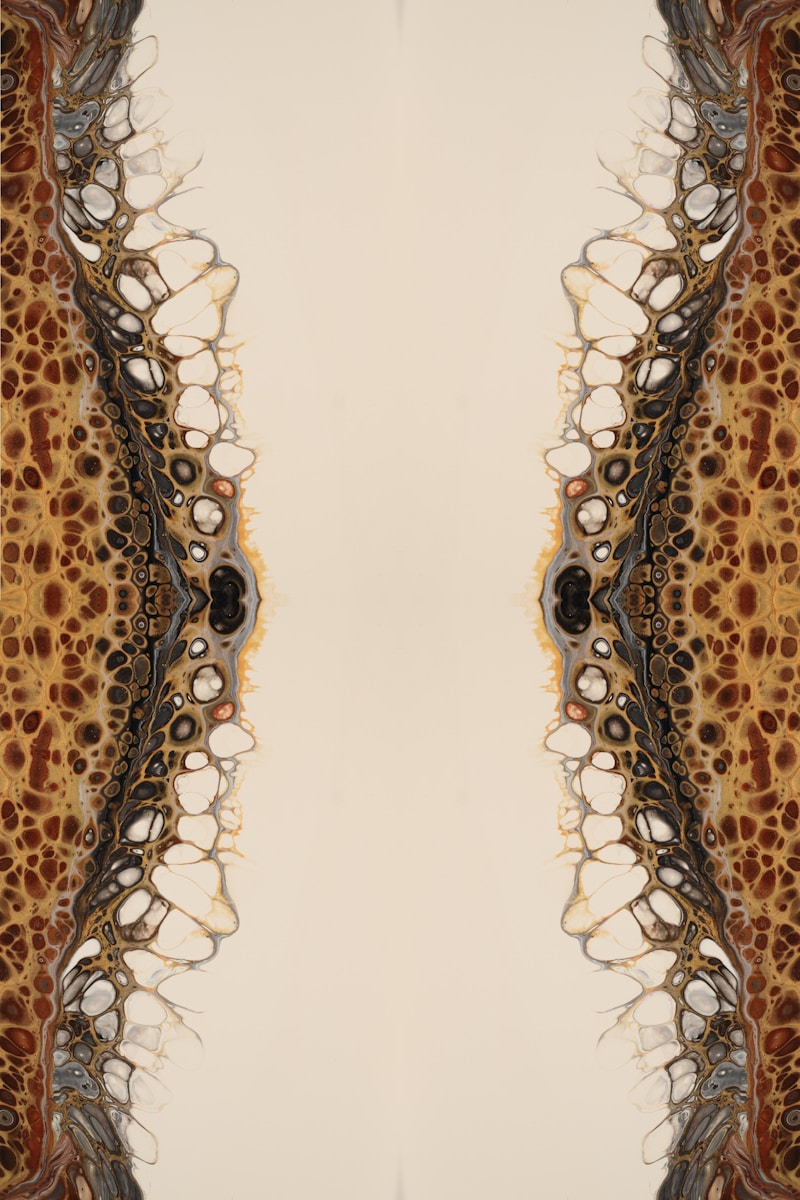Exploring the World of Intricate Lace Patterns: History, Techniques, and Inspirations
Intricate lace patterns have captivated artisans and fashion enthusiasts alike for centuries. This delicate form of craftsmanship combines technical skill with artistic expression, resulting in beautiful designs that can elevate any textile. In this article, we will delve into the history, techniques, and contemporary applications of intricate lace patterns, providing insights that will inspire both beginners and seasoned professionals. Let’s uncover the charm of lace together!
The History of Lace Patterns
Lace has a rich history that dates back to the late Middle Ages (around the 15th century) in Europe. Originating from Italy, lace-making soon spread across the continent, with each region developing its distinctive styles. Early lace was created through a technique known as "needle lace," where patterns were stitched directly onto fabric. Later, "bobbin lace" emerged as a more intricate technique, allowing artisans to control thread tension better and create more complex designs.
Key Milestones in Lace History
| Period | Milestone |
| 15th Century | Origin of lace-making in Italy |
| 16th Century | Spread of lace to France and Flanders |
| 18th Century | Introduction of machine-made lace |
| 19th Century | Revival of hand-made lace |
This timeline illustrates the evolution of lace, which transitioned from a manual art form to one that embraced industrialization while maintaining its intricate beauty. Today, intricate lace patterns not only remain popular in fashion but are also celebrated in art and home decor.
Understanding Intricate Lace Techniques
Creating intricate lace patterns requires a deep understanding of various lace-making techniques. Here are some of the most popular methods:
1. Needle Lace
This technique involves using a needle to stitch threads onto a foundation fabric. The result is a fine, delicate lace that can be used for anything from clothing embellishments to table linens. It offers immense flexibility, allowing lace makers to create unique designs tailored to their vision.
2. Bobbin Lace
Bobbin lace is made by intertwining threads using bobbins to maintain tension. This technique allows for more complex and detailed patterns than needle lace. Bobbin lace makers often use pricking patterns, which serve as guides for creating their designs.
3. Crochet Lace
Crochet lace patterns are created using a hook, forming intricate motifs. This form of lace is widely popular due to its accessibility and versatility, making it an attractive choice for beginners and experienced crafters alike.
4. Tatting
Tatting involves creating knots and loops with a shuttle to make lace. This technique produces a unique texture that is both intricate and durable, making it suitable for various decorative purposes.

Each of these techniques presents a distinct way to create intricate lace patterns, showcasing the artistry involved in this age-old craft. As crafters gain more experience, they often blend techniques to produce even more elaborate designs.
Modern Applications of Intricate Lace Patterns
The beauty of intricate lace patterns transcends traditional uses, finding their way into various modern applications.
1. Fashion Design
In the world of fashion, intricate lace patterns are beloved for their elegance and romance. Designers incorporate lace into evening gowns, bridal wear, and casual outfits alike. Iconic brands often highlight lace in their collections, emphasizing its timeless appeal.
2. Home Decor
Intricate lace patterns can be used in home decor items such as curtains, tablecloths, and decorative pillows. The use of lace adds texture and elegance to interiors, creating a sophisticated ambiance. Many artisans today employ modern techniques to produce lace-inspired designs in textiles and wallpaper.
3. Accessories
From lace gloves to delicate lace jewelry, the incorporation of intricate patterns into accessories enhances the overall design. Artisans experiment with various materials to create unique pieces that echo traditional craftsmanship while appealing to contemporary tastes.
The resurgence of interest in handmade items and DIY projects has also led to a renewed appreciation for intricate lace patterns. Many enthusiasts now share their skills through online tutorials and social media platforms, fostering a community that values craftsmanship and creativity.
Tips for Crafting Intricate Lace Patterns
If you’re interested in diving into the world of intricate lace patterns, here are some helpful tips:
- Begin with Simple Patterns: Start with easy designs to build confidence before progressing to more complex patterns.
- Invest in Quality Tools: Whether needles, bobbins, or hooks, quality tools enhance your crafting experience.
- Practice Consistently: Regular practice will improve your skills and understanding of intricate techniques.
- Join a Community: Participating in workshops and online forums allows for exchanging tips and gaining support from fellow crafters.
Conclusion
Intricate lace patterns are a captivating blend of history, skill, and creativity. As artisans continue to explore and innovate, the possibilities for incorporating these stunning designs into various aspects of life remain endless. Whether you’re a seasoned lace maker or just starting, embracing the world of lace can lead to beautiful creations that celebrate tradition and modernity alike. Remember, the key to mastering intricate lace patterns lies in practice, patience, and passion. Now, take your first step into this enchanting craft and let your creativity blossom!